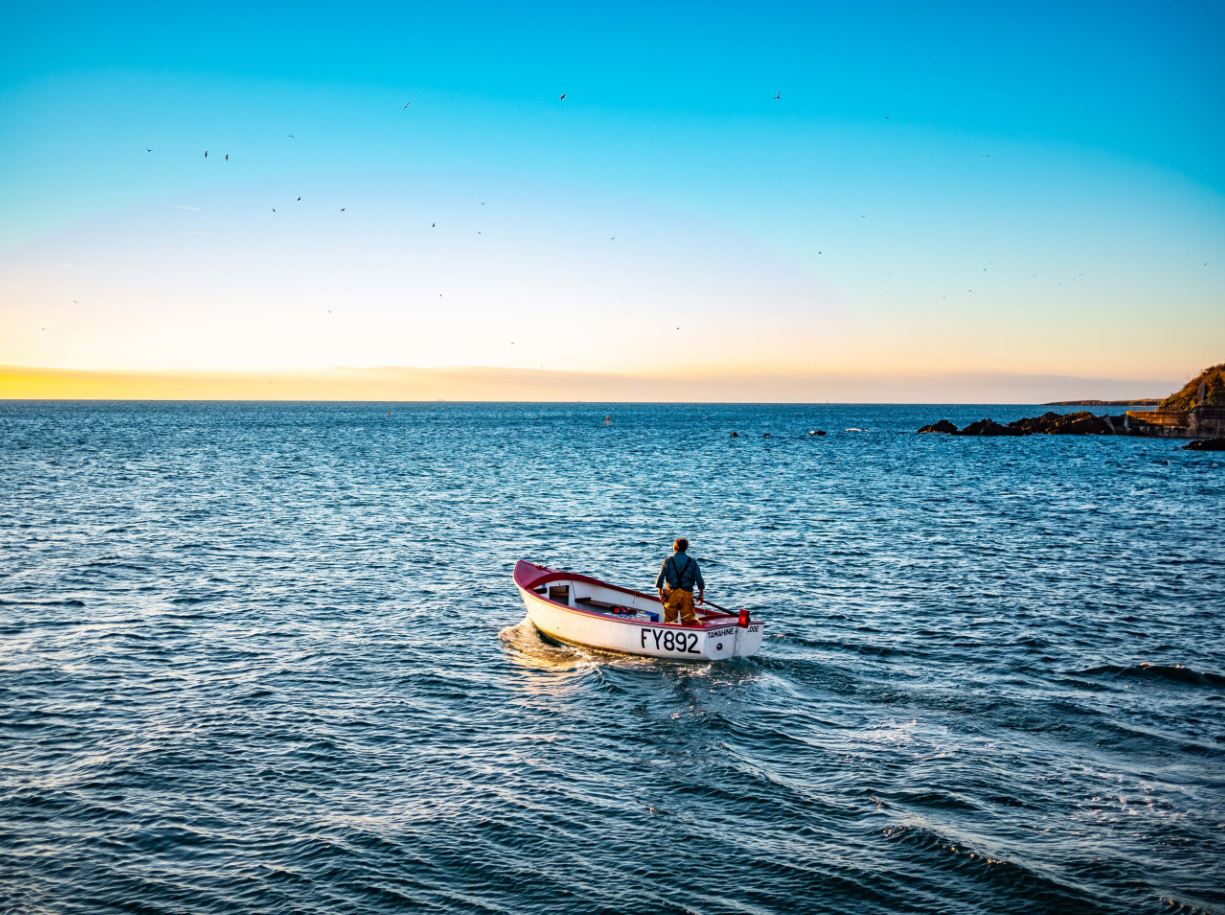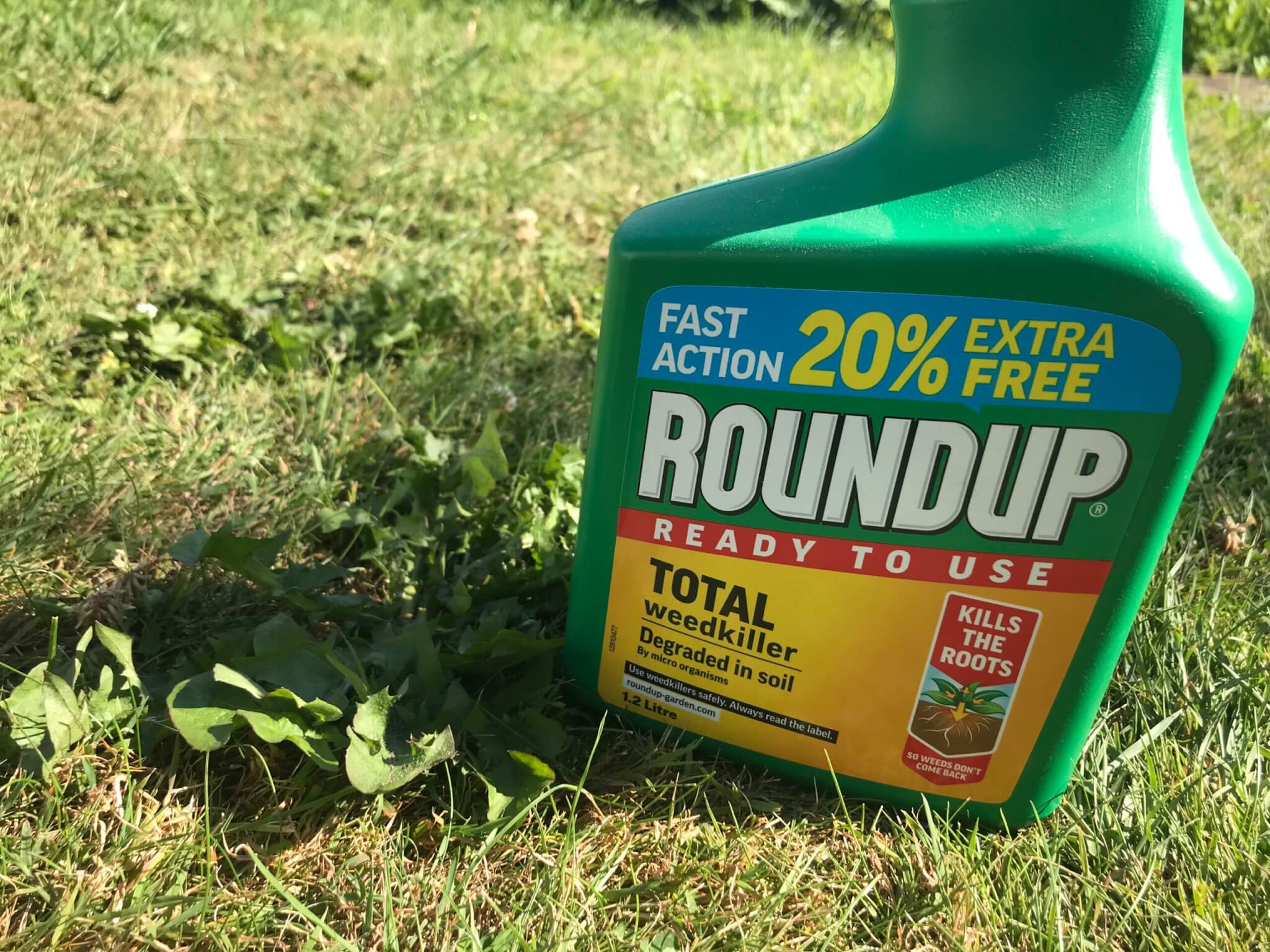Plenty of fish in the sea might still be a popular dating metaphor but it is far from accurate when describing the current situation in our oceans.
Most fish we eat is caught wild and in international waters, and even once caught much of it is transported across borders into different regulatory zones, meaning it’s extremely complex to monitor.
The stats speak for themselves when it comes to the impact of that complexity, combined as it is with a growing population and a global demand for fish. A third of the world’s commercial marine fish stocks are overfished, according to the Food and Agriculture Organization (FAO), while average increases in fish consumption are outpacing population growth. Unwanted bycatch, fish caught up in nets not destined for them, continues to threaten many endangered species, while catching methods such as trawling are damaging the seabed.
Which all begs the question: is there any such thing as a sustainable fish? The first step, according to James Simpson of the Marine Stewardship Council (MSC), is don’t simplify the question.

“Sweeping generalisations about fish are invariably wrong somewhere,” he says. “You hear that dredge-caught scallops are bad, for instance, but it’s not always true. It comes down to the local conditions and the local stock.
“Sustainable fish is from healthy stocks, caught with minimal environmental impact and with good management for the future.”
The MSC is a non-profit organisation that runs the well-known blue sustainability label on packs, one of the only ways that a consumer can at least try to inform their fish buying choices. Assessed by three scientists over a period of 18 months, the badge is “hard-won”, according to Simpson, who says its aim is to improve global fishing, not just ease consciences.
Fish stocks can and have regenerated in some areas, an example being British-caught hake, which was overfished in the 70s and 80s, but has since recovered due to an aligned effort by authorities and a reduction in fishermen targeting hake. Others, such as ray and shark, take so long to get to the age of reproduction that any overfishing cannot easily be countered, hence why they are rated as species to avoid.
It’s not just the volume of fish that dictates whether a species is sustainable to eat, it’s also how it’s caught. “There are some species that should be avoided but it’s about how and where it’s caught. You can’t just condemn a cod – there are places where cod is sustainable and some where it’s not,” explains Paul Trudgian, founder of Fish for Thought in Cornwall, which works with fishermen who line-catch fish from small boats.
Bigger boats such as beam-trawlers, which trawl nets along the bottom using weights to hold them down, damage the seabed, says Trudgian, while line-catching, or ring-net fishing (which uses sonar to detect a shoal and then nets it), are very targeted and less damaging.
But it’s no good knowing about the problems with certain methods if you’re not told which method has been used. Trudgian calls the lack of transparency in the labelling of most fish “appalling”, adding that “if you go into a supermarket, you’ll be lucky if you know what ocean it’s from.”

Buying from suppliers who work with British fishermen helps both the issue of transparency and the health of the British fishing economy, vital to places such as Newlyn in Cornwall in providing year-round jobs in an area that otherwise relies on seasonal tourism. But when it comes to truly sustainable fishing, the issue must always be treated as global, believes Simpson.
“Mackerel doesn’t respect regional or international boundaries,” he says. “The reality is it’s the same fish. Even if you’re fishing in a very low-impact method, you’re still taking fish out – you have to look at it in terms of the whole stock.”
While the MSC certification can help ease consciences about the global situation, Trudgian points to the value of seafood guides that are tailored to local areas, such as the comprehensive Cornwall Good Seafood Guide, which offer a wealth of information about stock health as well as seafood recipes.
“There are plenty of sustainable alternatives, the problem is that with seafood people aren’t very adventurous,” explains Trudgian, who says that in the South West, there is a collaborative effort between fish suppliers and restaurants to encourage people to try fish that is sustainable to Cornwall.

As well as the Cornwall Good Seafood Guide, the WWF publishes its own seafood guides specific to individual countries, with the overall aim being greater awareness about the conditions inthose local waters.
Currently around half of all fish sold in the UK certified by the MSC, but only 14 per cent of global fisheries are covered. As Simpson says, when 80 per cent of the fish we eat in the UK is imported, “it’s important to be able to make change at an international level”. “From a consumer point of view, you can make sure your conscience is clear, by checking the guidelines,” he says. “You can also write to our ministers, or you can write to the Norwegian ambassador – the power of a quick email should never be underestimated.”
As with so many sustainable buying debates, it begins with an individual’s awareness of the wider issue – but the real change must be created on a wider scale.
The sustainability scale
The Marine Conservation Society ranks fish on a scale of one to five, where one and two are classed as sustainable, three should probably not be considered, four means the methods have significant environmental issues, and five is to be avoided.
Here are five species ranked for their sustainability, correct at the time of writing:
Hake (caught by gill net) – 1
Farmed oysters and mussels – 1
Plaice – 2
Dover sole – 2
Red mullet – 3
Farmed fish: Is it sustainable?
Fish farming, known as aquaculture, is on the rise across the world and accounts for around half of all the fish we eat, according to the FAO. It is touted as a solution to overfishing in wild stocks that can meet the needs of a growing population. However, it is not without its own problems, which include water contamination, infection of wild species and poor working conditions. A sister certification to the MSC is the Aquaculture Stewardship Council (ASC), which now monitors the environmental standards around this system, but as a newer certification it is not yet widespread.










What a fantastic article, thank you for clarifying how we can go about choosing sustainable seafood. Like many people I choose fish over meat, partly in an attempt to reduce environmental impact but this shows how careful we must be with seafood choices too.
Hello Nickyrids I am glad this article has helped clarify how to choose sustainably caught seafood – it would be great to have these clearer guidelines more widely available so that all shoppers can make informed choices and support sustainable fishing.
Thanks. Your article highlights the problems related to seafood in the UK, let alone the aquaculture dilemma. As a guest of the French Tourist Board, I was taken to a favoured restaurant in Languedoc 10 years ago and badly poisoned by a dish of farmed oysters and mussels. I still can’t eat them, despite much ayurvedic work. So it’s good to know about sustainably sourced Dover sole, plaice, red mullet (wonderful in a Tandoori Masala bake). Hope you carry some of these over the next few months. The squid was excellent while it was available, too!
Wonderful piece